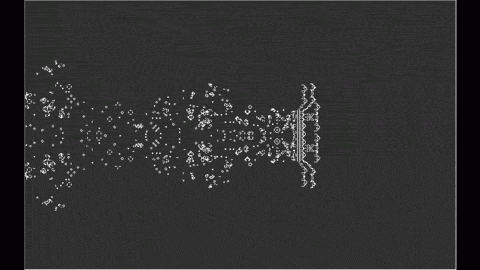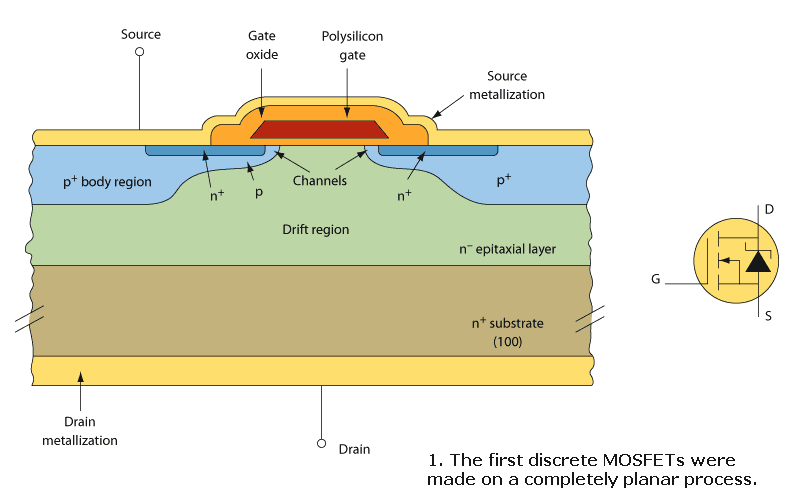
MILESTONE 4 - REFLECTION ON MCP
COMMUNICATION AND RESPECT ACROSS DISCIPLINES
SHAPING THE DESIGN SPACE
APPLIED ELECTRICAL AND COMPUTER THEORIES (COURSES)
ELECTRICAL COMPONENTS OF THE CONTAINER DESIGN
Date: April 5th, 2017
Description: The most important thing I learned from the DDC project is to communication the design so clearly that everyone has the same design in their mind. All the engineers on the team had exceptional technical skills in their field, but miscommunication across mechanical, electrical, and software designs created minor setbacks in the design process. In this project, there are two examples (below) illustrating the importance of communication in any design project.
On a separate note, I realized my lack of depth in technical knowledge during a recent job search. This made me reflect on my technical skills. I realized that I did not have the skills needed to work in my desired field, so I applied for M. Eng to increase my skill depth and become a better engineer.
Improvement: Interdisciplinary Teamwork, Technical Communication, Inter-Disciplinary Cooperation, Project Organization, Time Management
Strengths: Experimental practice, Detail Oriented, Textual Analysis, Writing, Work Organization, Application of Knowledge, Independent Learning
Known Weaknesses: Time Organization, Depth of Technical Skills
Unknown Weaknesses: ???
Goal: Target my technical learning towards the job market, improve on my known weaknesses, and look for unknown weaknesses by learning from other people’s strengths.
 Defining the Design |  FSM logic for the Processor |
|---|---|
 Electronic Block Diagrams |  Motor Characteristic Curves |
 |  |
|---|

Miscommunication of design intent - Early in the design, the design was significantly over weight because one member was designing the shell to support 25kg. The rest of the team did not realize this and was trying to minimize the weights of their components. By understanding his design and intention, we explained that objective was scraped earlier to make the design feasible.

The original motor design lacked an encoder and a built-in amp-meter tool. The algorithm for the compartment requires these vital inputs for a successful delivery. After discussing with the team, we agreed to include a motor encoder that can also measure the current.


